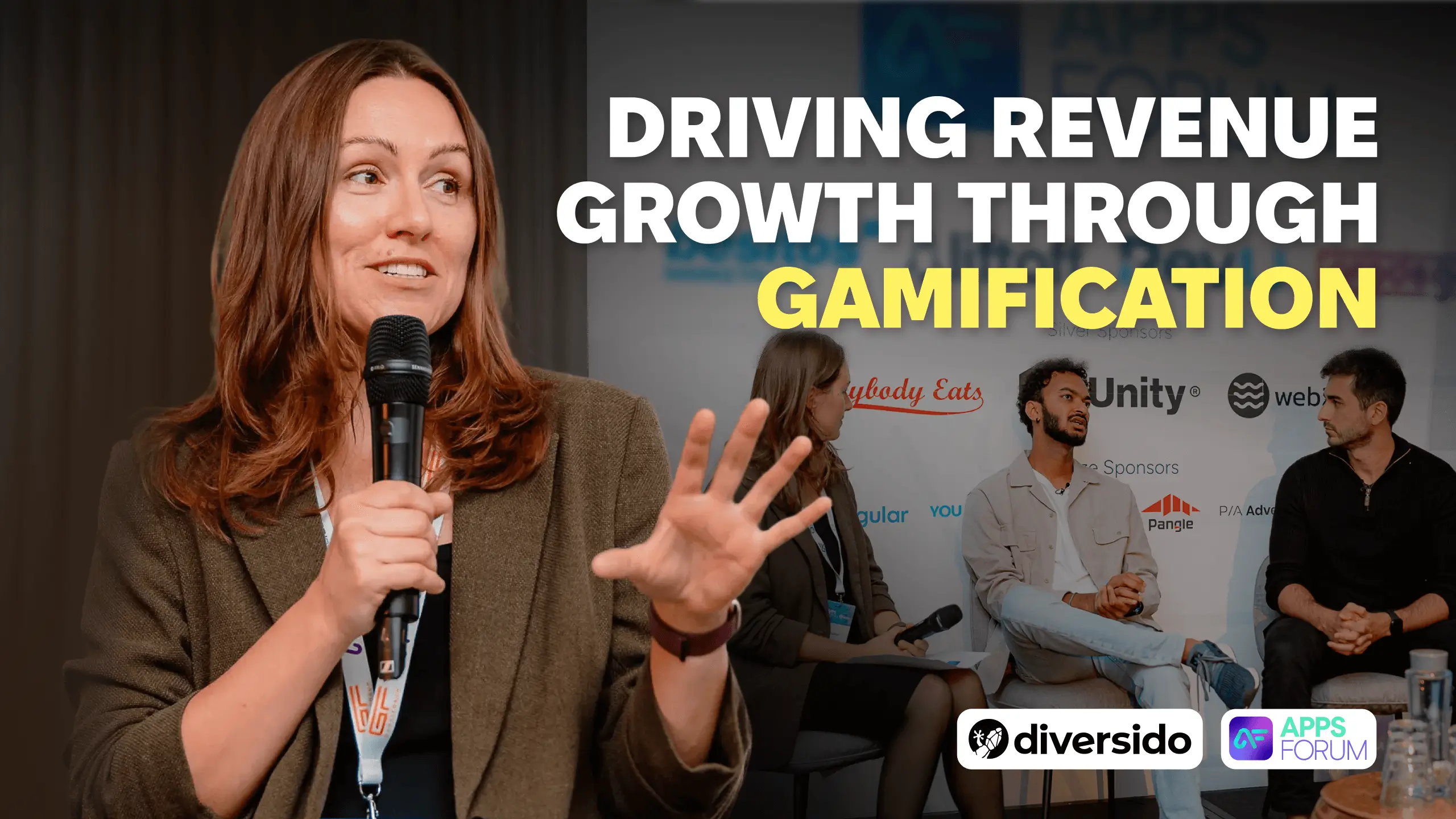
How Gamification Improves Healthcare and Education
Gamification helps healthcare and education apps keep people motivated long enough to see results. Here’s how small, well-placed mechanics boost adherence and learning, with real examples and data.
.webp)
The market for this approach is expanding quickly:
- The healthcare gamification market is projected to reach USD 15.95 billion by 2030, growing at a 23% CAGR from 2025 to 2030 (Grand View Research).
- In education technology, the learning and gamification segment is expected to grow from USD 4.83 billion in 2024 to USD 12.44 billion by 2030, at a 16.9% CAGR (Grand View Research).
If you’re new to gamification, we’ve explained the main frameworks and design models in this guide on gamification frameworks. In this post, we’ll focus specifically on how healthcare and education products benefit from gamification, with real-world examples.
Gamification in Healthcare
Digital health tools often face a common problem: people start, but don’t stick. Gamification helps by turning repetitive or difficult actions into small wins.
- Patient adherence apps use streaks and rewards to keep users logging symptoms, treatments, or medication.
- Wearables like Apple Watch or Fitbit transform steps and heart rate data into rings, badges, and friendly competitions.
- Wellbeing apps such as Calm or Headspace rely on streaks and guided challenges to encourage daily practice.
Case in point: Our Happy Mind app, co-created with psychologist Dr Sherif Arafa, uses short positive psychology tasks wrapped in a playful design to train attention and resilience.
Popular Healthcare Apps Using Gamification
Gamification in Education
In education, the challenge isn’t just delivering knowledge — it’s keeping learners motivated. Gamification helps learners stay engaged, complete courses, and retain knowledge longer.
- Microlearning platforms use bite-sized lessons, progress bars, and rewards to help learners make steady progress.
- Language learning apps like Duolingo popularised streaks and levels, showing how game design can drive daily use.
- EdTech platforms in schools and universities adopt leaderboards, badges, and point systems to encourage collaboration and achievement.
Case in point: We’ve helped build digital platforms that include learning paths with challenges, progress tracking, and gentle encouragement — not pressure — to improve outcomes.
Popular Education Apps Using Gamification
Why Gamification Works in These Fields
- Healthcare: Streaks and rewards tap into habit-forming psychology, which is critical for adherence to treatment and healthier lifestyles.
- Education: Leaderboards, levels, and challenges create a sense of progress, which improves motivation and knowledge retention.
According to Gallup, students who feel connected and engaged are more likely to earn top grades and to stay optimistic about their future compared to peers who feel disengaged. In other words, engagement isn’t just a nice-to-have — it plays a real role in long-term learning success.
Final Thoughts
Gamification is most effective when it solves a real problem. The goal isn’t to turn everything into a game, but to add simple motivators that help people stick with tough routines. That could mean keeping up with daily meditation, logging health data, or working through a learning path step by step.
At Diversido, we’ve seen how a well-designed system can turn difficult tasks into achievable steps that people actually stick with. The goal isn’t gimmicks — it’s creating experiences that feel rewarding and keep users coming back.
If you’re considering gamification for a healthcare or education product, start simple. One well-placed mechanic is often enough to build consistency, and over time, those small wins add up to real results.
Learn more about choosing the right gamification framework.
Let’s talk about how to design experiences that people not only start, but stick with.



.png)
.webp)

